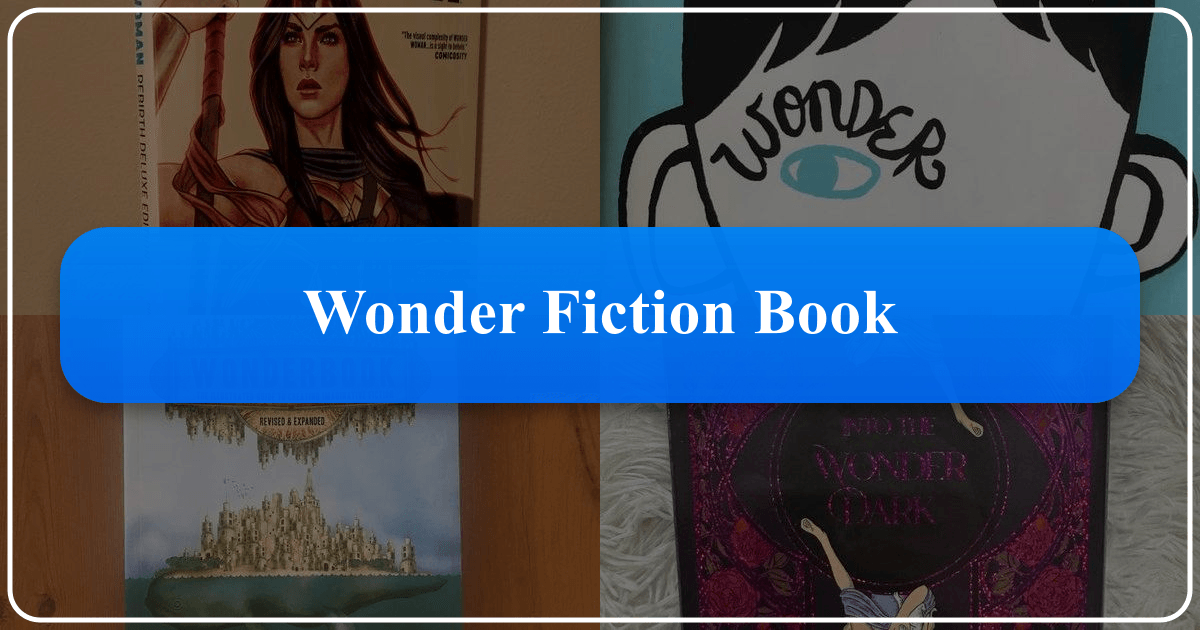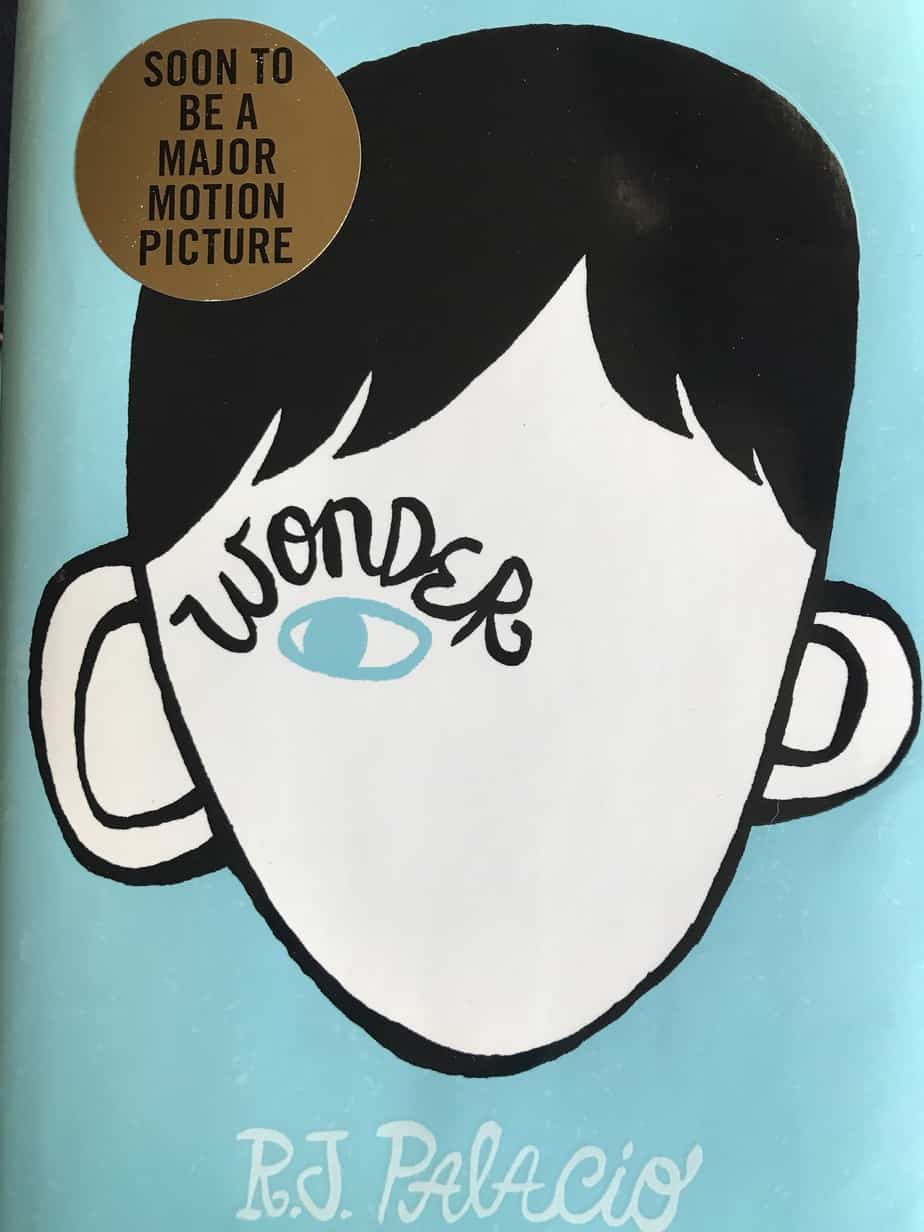Wonder: A Deep Dive into R.J. Palacio's Celebrated Novel

R.J. Palacio’s Wonder has captivated readers worldwide, sparking conversations about kindness, empathy, and embracing differences. This exploration delves into the various facets of this impactful novel, examining its genre, literary merit, cultural impact, and the author’s inspiration. We will also consider the educational value and life lessons embedded within its pages, as well as its place within the broader landscape of children’s and young adult literature.
Genre and Literary Classification
Wonder is primarily classified as a contemporary realistic fiction novel geared towards middle-grade and young adult readers (ages 8-14). However, its themes and emotional depth resonate with adults as well, making it a crossover title with broad appeal. The novel’s realistic portrayal of a child facing significant challenges, coupled with its exploration of complex social dynamics, sets it apart from purely fantastical or escapist narratives. The narrative structure, utilizing multiple points of view, enhances the reader’s understanding of the interconnectedness of the characters’ lives and their emotional responses to Auggie’s situation. This multi-perspective approach adds layers of complexity and encourages empathy, a key characteristic of high-quality realistic fiction. The novel’s success in achieving both emotional impact and accessibility contributes to its classification as a significant work within the contemporary young adult literary canon.
Realistic Fiction’s Power

The genre of realistic fiction often aims to depict the realities of human experience in a relatable and engaging way. Wonder excels in this regard, realistically portraying the challenges faced by Auggie Pullman and the individuals in his life. This authenticity fosters empathy and opens up crucial dialogues around acceptance, bullying, and the importance of kindness. Unlike fantastical stories, Wonder doesn’t rely on magical elements to resolve its conflicts; instead, the resolution comes through character development, relationship building, and the gradual shifting of perspectives. This grounding in reality is a strength of the novel, allowing readers to connect deeply with the characters and their struggles.
Authorial Background and Inspirations

R.J. Palacio, the author of Wonder, is a graphic designer who transitioned into writing. Her own experiences, combined with observing children’s interactions, fueled her desire to tell a story focused on compassion and understanding. Palacio’s background in visual arts is evident in her ability to craft vivid imagery and to paint a compelling picture of Auggie’s experiences. Her careful use of language and narrative pacing ensures emotional impact without resorting to sentimentality.
The Genesis of Wonder
The inspiration for Wonder stemmed from a real-life encounter Palacio had with a child who had facial differences. This chance meeting profoundly impacted her, prompting her to consider the child’s perspective and the challenges they might face navigating the world. This real-world experience serves as the cornerstone for Wonder’s authenticity and emotional resonance, demonstrating the power of empathy and personal observation in shaping powerful storytelling. Palacio’s dedication to research and ensuring the novel’s accuracy further strengthens the story’s impact.
Plot Summary and Key Themes

Wonder follows Auggie Pullman, a ten-year-old boy with facial differences, as he prepares to attend a mainstream school for the first time. The narrative unfolds through multiple perspectives, including Auggie’s own, his sister Via’s, and his classmates’, offering a multifaceted view of Auggie’s journey and its effects on his family and peers.
Central Themes Explored
Several key themes intertwine throughout the narrative:
Kindness and Empathy: The novel continuously emphasizes the importance of showing kindness and understanding towards others, regardless of their differences. Auggie’s story highlights the impact of both kindness and cruelty, prompting readers to reflect on their own actions and biases.
Acceptance and Inclusion: The central conflict revolves around Auggie’s desire to be accepted and included, challenging societal norms and prejudices surrounding appearance and disability.
Bullying and its Consequences: The novel confronts bullying directly, showing the devastating effects it can have on victims and the complexities of the bullies’ motivations. It suggests pathways toward addressing such behavior.
Family and Friendship: Auggie’s strong family support system plays a crucial role in his resilience. The novel also highlights the formation of meaningful friendships and the significance of social connections in overcoming adversity.
Perspective and Perception: The multi-perspective narration underscores how different individuals perceive the same events and how their personal experiences shape their viewpoints. This reinforces the importance of understanding multiple perspectives before forming judgments.
Educational Value and Life Lessons
Wonder transcends its status as a fictional narrative; it serves as a powerful tool for teaching empathy, critical thinking, and social responsibility. The book’s short chapters and accessible language make it suitable for younger readers, while its complex themes provide ample opportunities for discussion and reflection among older readers and adults.
Classroom Applications and Discussions
Wonder is frequently used in classrooms worldwide to initiate conversations on:
Anti-bullying initiatives: The novel provides a compelling framework for discussing the dynamics of bullying and the importance of intervention.
Diversity and inclusion: It encourages students to examine their own biases and to promote acceptance of individuals with differences.
Empathy and perspective-taking: The multi-perspective narration facilitates discussions about understanding different points of view and the impact of personal experiences.
Character analysis and moral dilemmas: The novel’s characters grapple with a wide range of ethical and moral dilemmas, stimulating critical thinking and analytical skills.
Creative writing and expression: Wonder can inspire creative writing projects, encouraging students to explore themes of empathy, kindness, and personal identity.
Cultural Impact and Adaptations
Wonder has achieved significant cultural impact since its publication. Its success has been reflected in:
International Bestseller Status: The novel has garnered widespread acclaim and has been translated into numerous languages, reaching a vast global audience.
Film Adaptation: The book’s popularity led to a successful film adaptation, further amplifying its message and introducing it to a new generation of viewers.
Awards and Recognition: Wonder has received several literary awards and has been frequently included on best-of lists, solidifying its position as a significant piece of contemporary literature.
Community Engagement: The book has fostered numerous community initiatives promoting kindness and acceptance.
A Legacy of Kindness
Wonder’s enduring impact lies not only in its artistic merit but also in its power to inspire positive social change. The novel has catalyzed dialogues about the importance of empathy and inclusivity, fostering a sense of community and encouraging readers to embrace their differences. Its continued relevance underlines its contribution to societal conversations about diversity, kindness, and acceptance.
Conclusion: The Enduring Wonder of Wonder
R.J. Palacio’s Wonder is more than just a compelling story; it’s a call to action. Its exploration of challenging themes is woven into a narrative that is both engaging and accessible. The novel’s multi-perspective approach allows readers to connect deeply with the characters and their experiences, fostering empathy and promoting critical thinking about important social issues. The book’s enduring popularity and cultural impact are a testament to its power to inspire positive change and to encourage readers to choose kindness. Its value as both a literary work and an educational tool ensures its continued relevance for years to come.